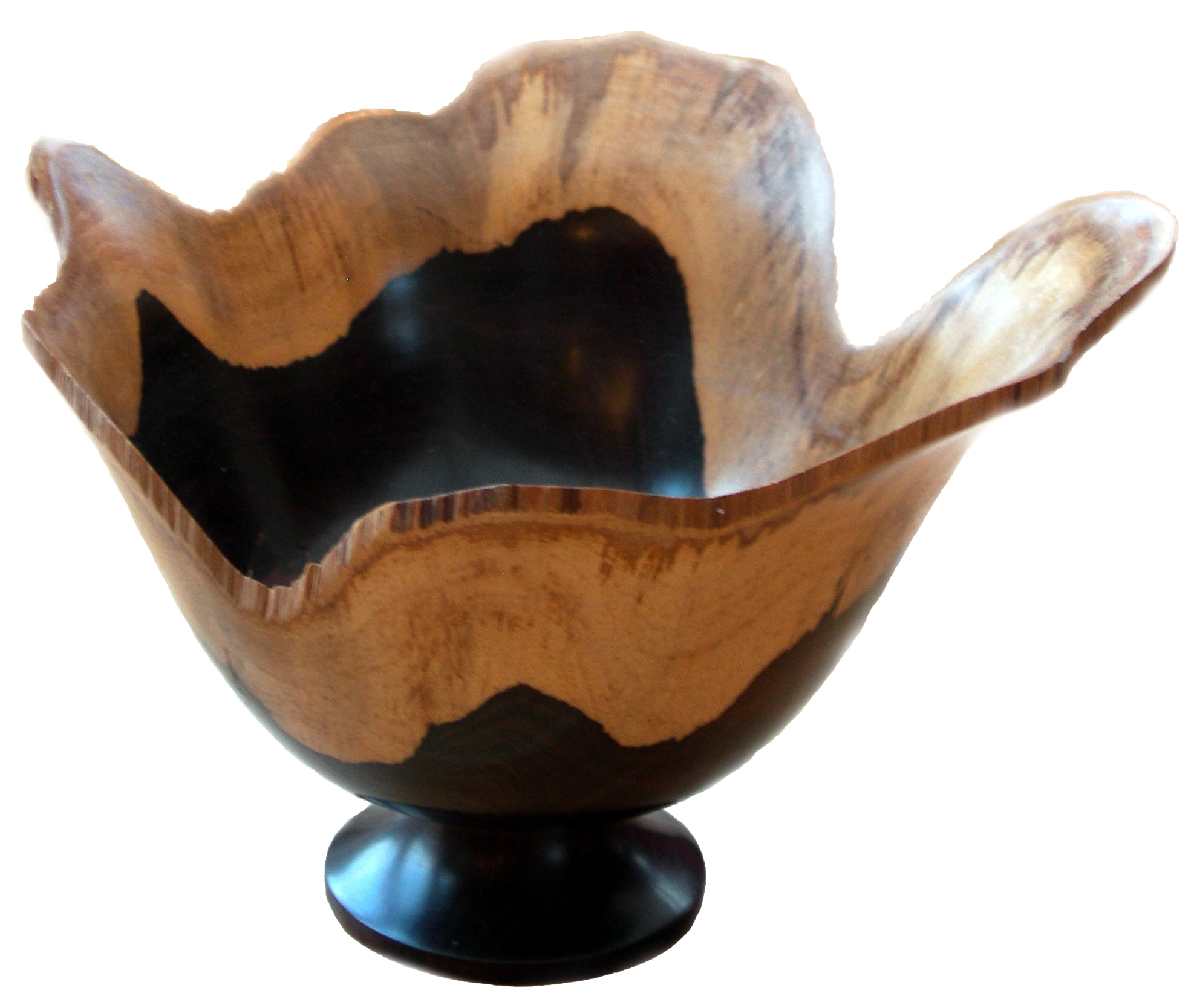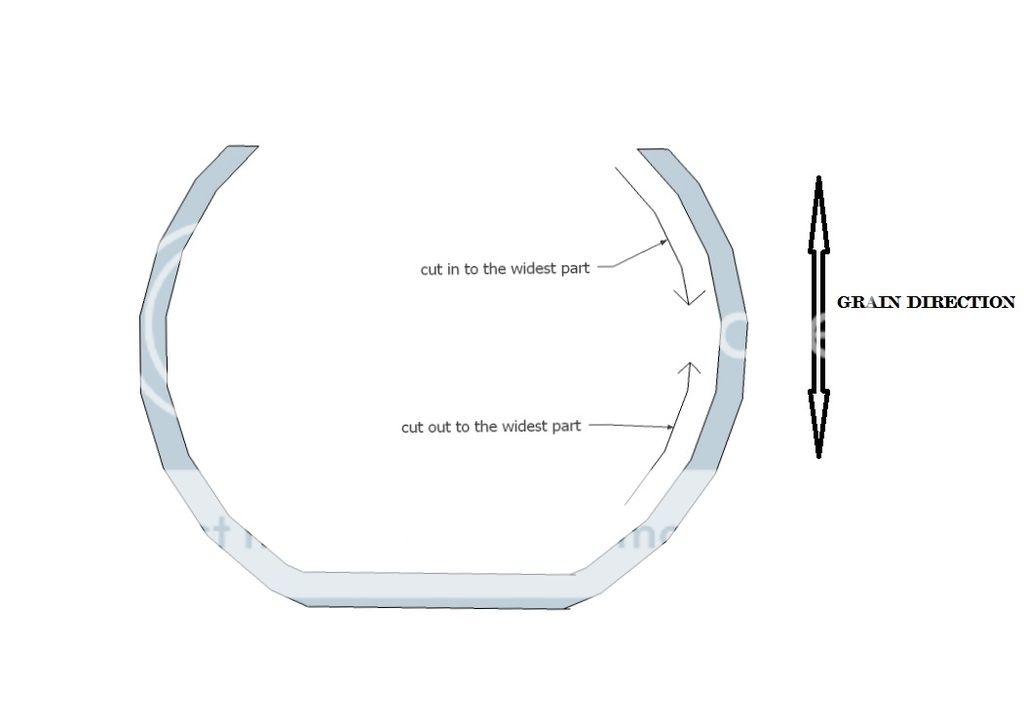CHJ
Established Member
Keithie":2oy76cs3 said:...... ...still cant take the forces) then messing up with badly formed dovetails on Axminster C jaws ...but finally figured that if I get my skew 'scary' sharp (and I know sharp is a thing of debate) and am super careful then even in rough old green fir the dovetail is kinda good enough ...so long as I dont hack too fiercely at the turning!
Keith
Keith are you saying you are using a skew for turning on chuck mounted 'bowl/box' projects? you should only be using a skew for basic stock removal on spindle work.
If ever you get a catch on something like a Bowl blank you could be in serious trouble, a skew catch on a spindle can be bad enough, one diving into a bowl blank could lead to serious injury.
You may see videos and demonstrations with someone being 'cleaver' with a skew but like you also see many demonstrators not wearing any face protection, sooner or later one of them gets bitten.

































